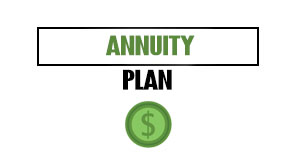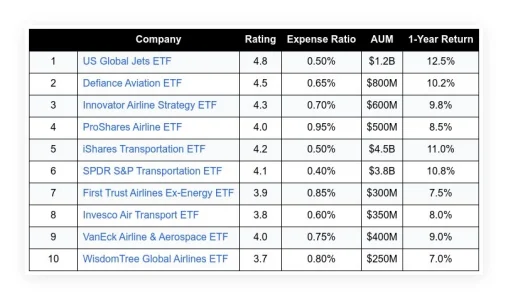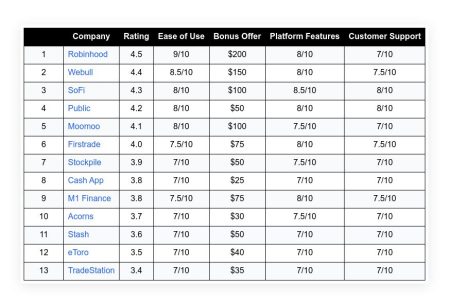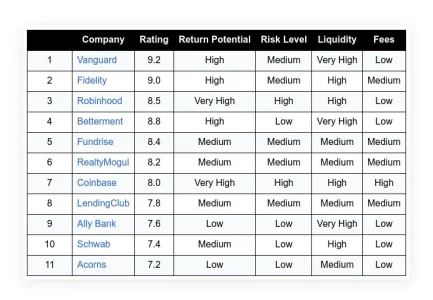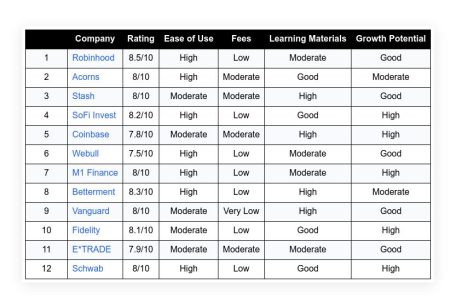A business owner’s decision to determine how (and how much) to pay themselves can feel like a financial tightrope. Overpaying yourself may deprive your company of critical resources. On the other hand, burnout, resentment, or financial instability are all risks of underpaying yourself or not paying yourself at all.
In fact, Wave surveyed small business owners and found that one out of four (26%) confessed to not paying themselves a salary.
Suffice it to say, the ability to strike a balance between personal income and sustainable business growth is one of the most important (and often neglected) skills an entrepreneur can develop. So, how do you pay yourself the right way — without crippling your cash flow or stunting your company’s future? We’ll let’s find out.
Table of Contents
ToggleStep 1: Understand What “Paying Yourself” Really Means
“Profit” is often confused with “pay.” However, your business’s revenue is not your salary. If you pull money from the business whenever you need it, it is a liability, not a strategy.
Similarly to rent and payroll, paying yourself involves treating your income as a planned business expense. Consistency, trackability, and financial reality should all be part of the plan.
There’s more to the job than just getting paid. It’s to build a system where your business supports your life and is a fuel for your growth.
Related: Paying Yourself: From Startup and Beyond
Step 2: Choose the Right Business Structure
Depending on your business entity, you will need to pay yourself in different ways;
- Sole Proprietorship or Single-Member LLC. Generally, you withdraw profits as an “owner’s draw.” Profits are taxed regardless of how much you withdraw.
- Partnership. As per the partnership agreement, each partner receives a draw, and profits are split equally.
- S Corp or C Corp. As an employee, you must pay yourself a reasonable salary. In addition, distributions or dividends may be paid, often with different tax implications.
You may want to speak with a small business tax advisor or a CPA if you’re not sure how your entity affects your pay. With the right structure, you can reduce your tax liability and clarify how you will pay.
Step 3: Determine a Sustainable Salary
Many founders go wrong here: either underpaying themselves and putting the company at risk, or overpaying and putting it at risk. It’s recommended by the SBA that small business owners limit their salaries to 50% of their profits. So if your business earns $125,000, you should not earn more than $62,500.However, as the company’s profits rise, so does the owner’s income.
To strike the right balance, consider the following;
Start with the business’s cash flow.
Examine your average monthly revenues and expenses over the last 3–6 months. How much consistent profit do you actually make?
Be careful not to base your salary on one great month or a hopeful projection. If sales dip, you want a number that won’t choke the business.
Factor in your personal needs.
In terms of personal expenses, what’s the bare minimum you need? As a rule of thumb, that number should be your salary floor. You’re more likely to burn out if you pay yourself less than that threshold.
Set a percentage-based target.
During the early stages of a small business, it’s common for owners to take 30% to 50% of net profits home. As your company matures, you may want to revisit this ratio and increase pay as your margins improve.
Step 4: Don’t Drain Your Operating Capital
Even though you can take money out of the business, you shouldn’t. If you pay yourself in a way that starves your business, you’re chopping down a tree just to enjoy one tasty apple.
If you intend to transfer funds into your personal account, ensure that the business retains enough money to;
- Cover the operating expenses for three to six months.
- Invest in upcoming marketing or growth initiatives.
- Be prepared to handle seasonal slowdowns or unexpected costs.
It might be a good idea to defer a raise until your reserves are stronger if you don’t have a buffer.
Step 5: Set Up an Owner’s Compensation System
You can avoid the feast-or-famine trap by turning your pay into a process. It only takes a few simple systems to make a huge difference;
Use two separate accounts.
Funds from business and personal accounts should never be mixed. You should open a separate business account and route all income through it. You can then transfer your “salary” to a personal account on a weekly, biweekly, or monthly basis.
Automate it.
Once you know what you can safely pay yourself, automate it like payroll for employees. As a result, discipline is built and impulsive withdrawals from business funds are prevented.
Track everything.
For tracking draws, salaries, and distributions, use software like QuickBooks, Wave, or Xero. By doing this, you can simplify tax season and identify patterns that are both good and bad.
Step 6: Reinvest Intentionally
It’s easy to feel that every dollar in profit should go right back into the business. However, growth is not always associated with sacrifice. Instead, think in terms of percentages;
- 50% for operating costs and reinvestment
- 30% for owner’s compensation
- 20% for taxes and reserves
Based on the Profit First method, this model makes you run a leaner business, guarantees payment, and protects your business from downturns.
Step 7: Plan for Taxes
Often, new entrepreneurs are surprised to discover that they owe thousands in taxes despite spending their own money.
To get started, follow these steps;
- Make sure you save 25-30% of every dollar you spend on yourself for federal and state taxes.
- Keep those funds in a separate savings account.
- Avoid penalties by working with a tax pro to understand your quarterly estimated payments.
You can also reduce your self-employment tax burden by paying yourself a W-2 salary through an S Corp. Make sure you follow IRS guidelines regarding “reasonable compensation.”
Related: 4 Ways To Eliminate (Or Significantly Reduce) Your Tax Bill
Step 8: Give Yourself a Raise—The Smart Way
If you want to increase your pay, when can you do that? You shouldn’t just do it because you feel like it.
Here are a few green lights;
- You have a consistent revenue stream and 3–6 months of reserves in your business.
- During the past three months, you have met (or exceeded) your monthly profit targets.
- A new client has been secured, or a successful product launch has been completed.
Don’t be emotional when making raises. Treat them as strategic decisions. When in doubt, test the effect on cash flow by starting small.
Step 9: Consider Bonuses Instead of Bigger Salaries
If you want to increase your salary, consider getting quarterly or annual bonuses based on your performance. As a result, you can scale your income without straining your monthly budget and you get rewarded for reaching milestones along the way.
For example, “If we hit $300K in gross revenue by Q4, I’ll pay myself a $10K bonus.”
The approach also provides your business with breathing room in lean periods.
Step 10: Think Like an Investor
You’re the owner, but you’re also an investor. Everything changes after that mindset shift.
Investors want to see;
- Profit or salary as a return on capital.
- Responsible financial management.
- Potential for long-term growth.
You shouldn’t think of paying yourself as taking money out of the business — it’s part of a healthy return on your investment. However, if you bleed the business dry too early, you limit its ability to reward you in the future.
Related: The Role of the Investing Mindset Is to Ask, ‘How Can I Take My Business to the Next Level?’
Final Thoughts: You Deserve to Get Paid—But Do It Wisely
Oftentimes, entrepreneurs assume underpayment signifies commitment, thinking it proves their commitment. In the end, sacrificing your finances will not make your business stronger. It will weaken it.
It’s not selfish to pay yourself. It’s a strategic move. If you do it with care, structure, and foresight, it benefits your business, your family, and you in the future.
There’s no need to compete between your income and your business growth. Their growth can and should go hand in hand.
Image Credit: Tima Miroshnichenko; Pexels






